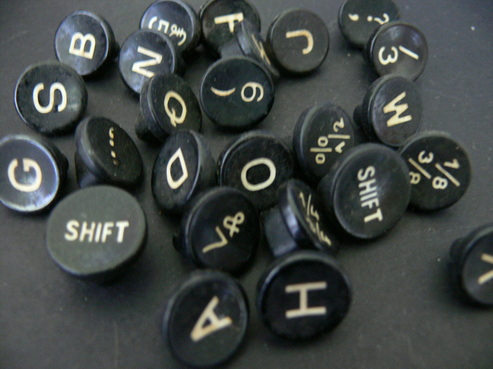This We Believe About Keyboarding
1. In this technologically advanced age, every student should have the opportunity - and actually be expected - to develop solid keyboarding skill.
(Solid keyboarding skill is comprised of perfect technique and a minimum keyboarding speed of 40 WPM with 90 percent accuracy.) 
2. Solid keyboarding skill can only be developed if proper keyboarding technique is utilized. Perfect keyboarding technique includes the following:

3. Students in Utah's schools should be introduced to proper keyboarding no later than the 3rd grade. Proper keyboarding should be reinforced in 4th and 5th grades. Intense keyboarding instruction to build speed and accuracy should be provided in 6th or 7th grade.

4. All computer users should input information at a speed that is at least two and a half times the speed of hand writing.

5. Creativity and composition are, in reality, thwarted by inefficient use of the keyboard.
(Adapted from Nebo School District's "This I believe about keyboarding in Utah's public schools".)
|
Links:
Keyboarding Home This We Believe About Keyboarding Why Teach Keyboarding? District Keyboarding Program Keyboard Chatter Keyboard Craze Keyboard Connection Keyboarding for Kids Keyboard Mastery Keyboarding Activities Tips for Keyboarding Success Keyboarding in Brain Boosters 5th Grade Keyboarding Assessment Keyboarding Core Curriculum Literacy and Keyboarding USOE Keyboarding Website |
EdTech
Our mission is to improve teaching and learning through the use of appropriate technologies,
supporting students in their progress toward college-, career-, and citizenship-readiness.
Original content distributed on this website is licensed under a
Creative Commons Attribution-Noncommercial-Share Alike 3.0 United States License.


